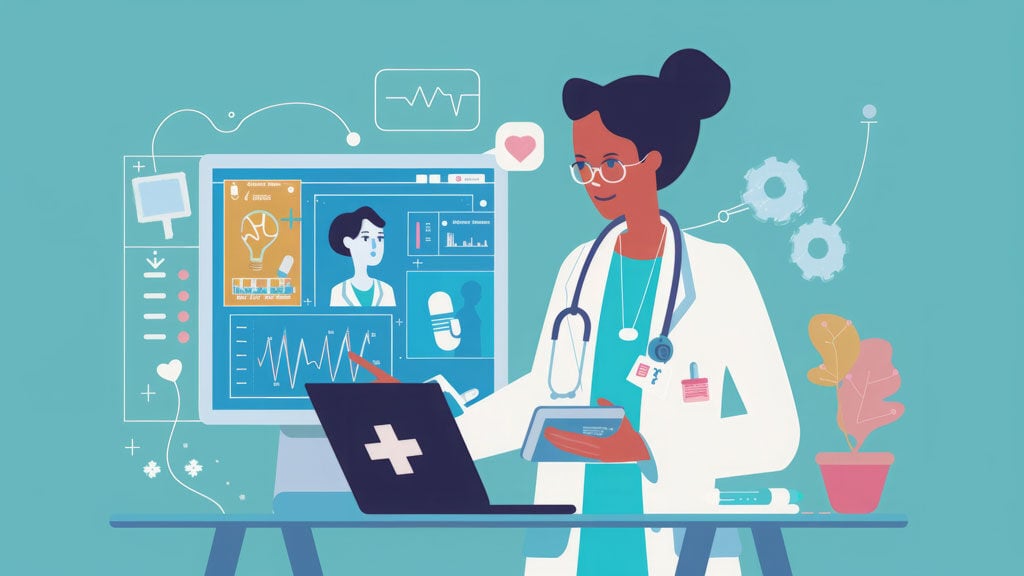According to a recent article on HealthDay.com, “Nearly half of American emergency physicians said they have been physically assaulted at work, and three in five report those assaults happened during the past year, according to a new poll commissioned by the American College of Emergency Physicians (ACEP).” The poll also uncovered that half of emergency physicians reported that at least half of all assaults are committed by people who are either seeking drugs or under the influence of drugs or alcohol. What steps can an Emergency Department take to protect its staff from assaults?
Installing a staff duress or an employee panic system is a decision that should cover all employees, not just a single department. What often starts as a single point solution can quickly morph into an enterprise solution because other departments want to be protected, too. In all honesty, staff could be attacked on any floor of the hospital. Just ask around and it won't be long and you will hear the stories.
Once a decision is made to look for a staff duress system, make sure to find one that interfaces with your unique security protocol. You want to a system that responds to your needs and alerts respondents by phone and by light but, more importantly, alerts you in the manner you require in times of duress. Time is of the essence, but not all staff duress systems are equal. When assessing a staff duress system make sure to consider:
- Does the technology; (for example; infared, RFID) allow a staff member's badge to be seen if staff is pulled into a closet, grabbed from behind or thrown to the ground?
- Can an individual test the staff badge, on an ongoing basis, to ensure the system will work when needed? This type of testing provides assurance that the system is working.
- Once a staff member activates a duress call, does the system continually track, in real time, the location of the staff member? Be aware that some systems only report when and where the badge is activated and do not continue to track the location where staff was taken.
- Is the staff duress infrastructure (badges, receivers and monitors) monitored to ensure everything is fully operational? Is this the responsibility of internal hospital IT staff or external vendor support staff?
In addition to the above points, the most critical point of staff duress is assessing the importance of location certainty. Do you wish to know if a staff member is in a particular building, floor, or room?
If staff is attacked and taken some place, someone needs to know where they are! If the system does not give room level certainty and update frequently, how much time can you afford searching for that person?
Reports about staff being attacked are real. Attackers are desperate and are going to desperate measures. Having an enterprise staff duress system with room level certainty may seem costly BUT...
Once you have installed a duress system infrastructure with room-level certainty, you now have a system that will allow you to add on additional use cases. Use cases that show ROI such as asset tracking and patient flow. Again, this requires a strategic-enterprise, long-term approach, but in the end it is the most cost effective.
How do you pull the pieces together and achieve maximum return on investment? This is where IMS shines. We have experience consulting, installing and training on enterprise-wide RTLS solutions, and we know the land mines. Our goal is to ensure your system succeeds with all departments, and trust us when we say it is critical to have multiple departments at all levels committed to ensuring system success from the beginning. Our work with best-in-class vendors has provided us with the necessary experience and knowledge to understand what your infrastructure already contains, what can be added, and how you can most efficiently use it. Did you know you may already have pieces of a high end RTLS solution in place? Email Andrew Kucera to discuss what infrastructure is in place already and how you may be able to maximize it.


